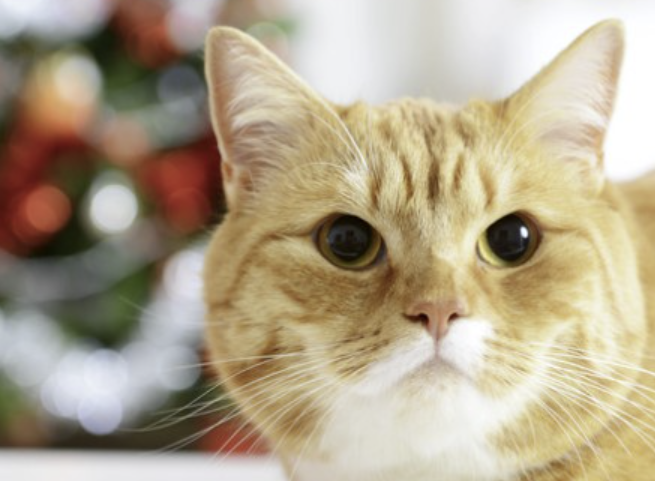
Russell nurses other animals back to health
December 5, 2023
Toby came back home for the holidays, 11 years later!
January 5, 2024One of the largest museums in the world is home to hundreds of stray cats

Between 1941 and 1944, the city of Leningrad remained undersiege and was left without cats; they either died of hunger or during the attacks. The shortage of cats was causing massive problems.
The basements of old buildings were swarming with rats, who gnawed furniture, walls, communication lines and also transmitted dangerous diseases.
Museums storing works of art in their basements were not spared either, and so numerous precious artworks and other exhibits were under threat.
In order to solve the problem, a train brought 5,000 feral cats from the Siberia to Leningrad to “work” as rodent patrols in the city.
RELATED: The feral cats of the Magic Kingdom
Hundreds of those cats were appointed to guard the works of art at the Hermitage Museum of St. Petersburg.
They were known as the “Guardians of the Galleries.”
The plan worked out, and all the rats in the Hermitage were killed off. The descendants of these heroic Siberian cats still serve in the Hermitage today. Scroll down for video …
After the Soviet Union collapsed in 1991, many in St. Petersburg could no longer afford to feed and care for their cats, and so the Hermitage Museum, which had been open to the public for more than 100 years, decided to adopt some strays.
The cats are treated like royalty down in the “Cat’s Quarters,” they enjoy 24-hour veterinary care, feeding, and total freedom. Scroll down for video…
They can roam freely around the basement of the Hermitage Museum in St. Petersburg, and visitors who walk around outside the building come across gorgeous felines lounging in the sun.
To this day, the palace cats faithfully carry out their mice-catching duties — even the eldest cat, at 22 years old.
RELATED: At 34, Grandma Wad could be the oldest living cat in the world.
For many years, the museum staff have used their off hours to feed and care for their furry colleagues.
The Hermitage Museum give these stray cats a new life, keep them fed and healthy, with the help of visitors’ contributions.
Every year, the museum also hosts a “cat day” where children come to learn about and paint pictures of the felines.
RELATED: Thula, the little furry artist assistant
Many of the cats’ ancestors have been immortalized for their service to the state in paintings on the very walls of the museum they defended.












